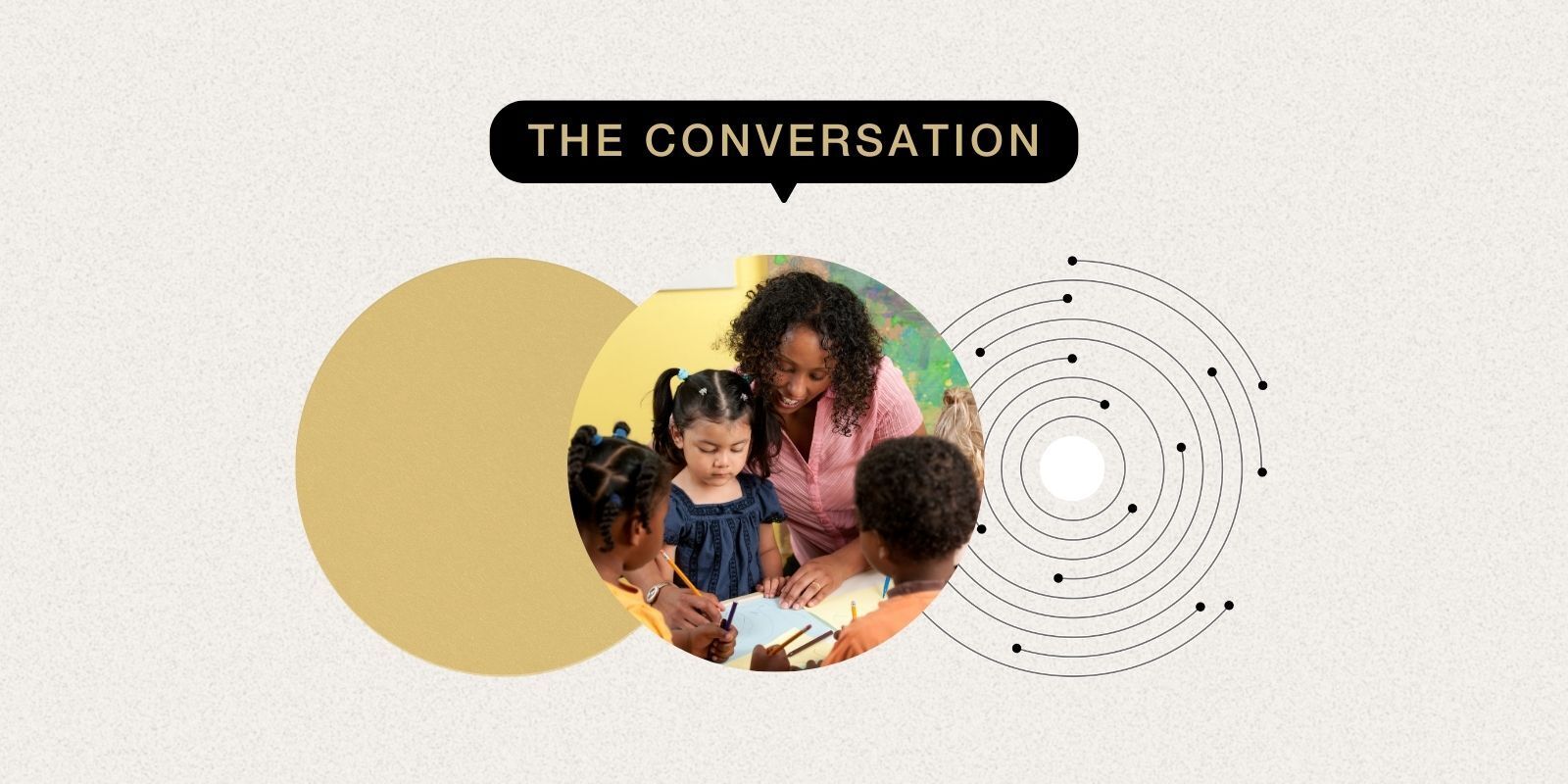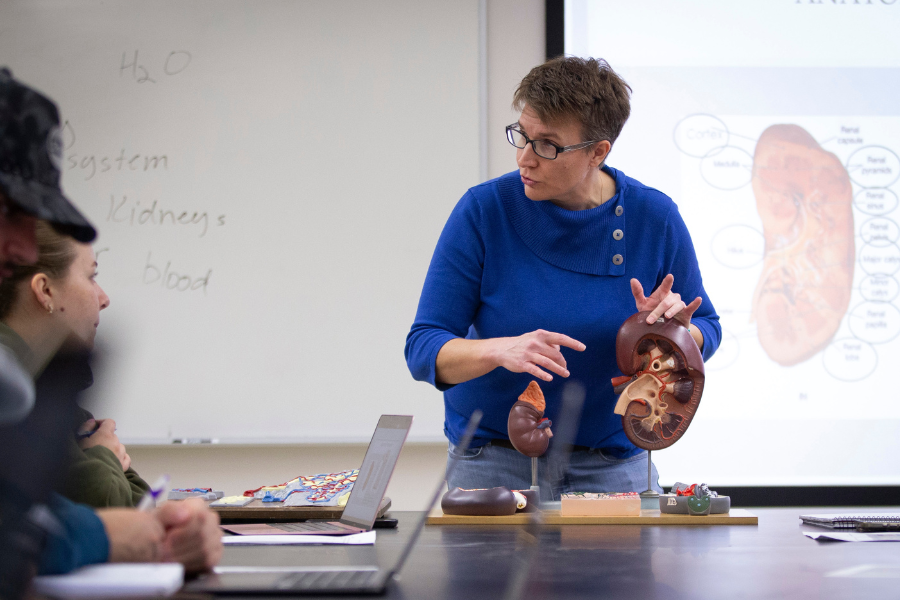‘It was heartbreaking’: International students confront the realities of Trump’s higher education crackdown – The Daily Northwestern

Report on the Impact of U.S. Immigration Policies on International Students and Sustainable Development Goals
Executive Summary
Recent changes in United States immigration policy, including executive orders and freezes on federal funding for higher education, have created significant barriers for international students seeking to study in the U.S. These actions directly contravene the principles of several United Nations Sustainable Development Goals (SDGs), particularly those concerning quality education, reduced inequalities, and global partnerships. This report analyzes the effects of these policies on students and their alignment with the 2030 Agenda for Sustainable Development.
Impact on Sustainable Development Goal 4: Quality Education
Barriers to Inclusive and Equitable Higher Education
The policies have created direct obstacles to achieving SDG 4, which aims to ensure inclusive and equitable quality education for all. Specifically, they undermine Target 4.b, which calls for expanding higher education opportunities for students from developing countries.
- An executive order has blocked or restricted entry for nationals from 19 countries, predominantly in Africa, the Middle East, and Latin America.
- Students from developing nations, such as an accepted student from Burundi, have been forced to defer enrollment, denying them access to educational opportunities they had rightfully earned.
- The freezing of federal funding for higher education institutions further threatens the capacity of these institutions to support a diverse and international student body.
Impact on Sustainable Development Goal 10: Reduced Inequalities
Erosion of Non-Discriminatory and Orderly Migration
The implemented measures conflict with SDG 10, which seeks to reduce inequality within and among countries. The policies are inconsistent with targets promoting non-discriminatory practices and well-managed migration.
- Violation of Target 10.2: The executive order restricting entry based on nationality is a clear form of discrimination based on national origin, undermining the goal of promoting the inclusion of all.
- Contradiction of Target 10.7: The chaotic visa acquisition process, characterized by sudden holds on interviews, extended wait times, and increased denials, fails to facilitate “orderly, safe, regular and responsible migration and mobility.”
Students who successfully navigate the visa process report heightened scrutiny at ports of entry, including demands to inspect personal electronic devices, creating an environment of fear and uncertainty rather than safe and orderly passage.
Wider Implications for Global Development and Partnerships
Setbacks for Justice and Global Cooperation
The repercussions of these policies extend to other foundational SDGs, including SDG 16 (Peace, Justice and Strong Institutions) and SDG 17 (Partnerships for the Goals).
- SDG 16: The unpredictable and non-transparent nature of the policy changes undermines the development of effective, accountable, and transparent institutions. The constant fluctuation in travel and visa rules creates instability and erodes trust in institutional processes.
- SDG 17: International education is a cornerstone of global partnership, fostering cross-cultural understanding and knowledge exchange. By creating a hostile environment for international students, the U.S. weakens these vital partnerships and discourages the global collaboration necessary to achieve all SDGs.
Key Findings on Student Experiences
The direct consequences for international students are severe and multifaceted, representing a significant challenge to their educational and personal development.
- Denied Entry and Deferred Education: A number of students were unable to arrive on campus for the start of the academic year, with some forced to defer their studies indefinitely.
- Visa Process Instability: The visa application process has become significantly more difficult, with global holds on interviews and increased denial rates causing widespread uncertainty.
- Travel Apprehension: Enrolled students express significant fear about traveling, with many canceling plans to return home for academic breaks or to participate in study abroad programs for fear of being denied re-entry into the U.S.
- Psychological Impact: The climate of uncertainty and heightened scrutiny has caused considerable stress and apprehension, leading prospective students to question whether the U.S. remains a welcoming destination for education and personal growth.
Analysis of Sustainable Development Goals in the Article
1. Which SDGs are addressed or connected to the issues highlighted in the article?
The article highlights several issues that directly connect to multiple Sustainable Development Goals. The primary themes of restricted access to higher education for international students, discriminatory immigration policies, and the resulting inequality of opportunity are central to the analysis. The following SDGs are addressed:
- SDG 4: Quality Education – The core issue is the inability of international students to access higher education in the United States due to new policies.
- SDG 10: Reduced Inequalities – The policies described are discriminatory, creating inequality based on national origin and affecting the mobility of people.
- SDG 16: Peace, Justice and Strong Institutions – The article discusses the implementation of executive orders and policies that are non-inclusive and discriminatory, undermining the principles of justice and strong, fair institutions.
2. What specific targets under those SDGs can be identified based on the article’s content?
Based on the specific problems faced by the international students in the article, several SDG targets can be identified as being negatively impacted.
-
SDG 4: Quality Education
- Target 4.3: “By 2030, ensure equal access for all women and men to affordable and quality technical, vocational and tertiary education, including university.” The article directly contravenes this target by describing how new immigration policies and visa restrictions are creating significant barriers for international students, preventing their equal access to university education in the U.S. The case of the Burundian student who was accepted but could not attend is a prime example of this barrier.
- Target 4.b: “By 2020, substantially expand globally the number of scholarships available to developing countries… for enrolment in higher education… in developed countries.” While not about scholarships, the target’s spirit is about facilitating access to higher education in developed countries for students from developing nations. The policies discussed in the article directly undermine this by blocking entry for students from specific countries, such as Burundi, thereby reducing opportunities for enrollment regardless of financial aid.
-
SDG 10: Reduced Inequalities
- Target 10.3: “Ensure equal opportunity and reduce inequalities of outcome, including by eliminating discriminatory laws, policies and practices…” The article details a new executive order that “completely blocks entry from 12 countries primarily in Africa and the Middle East” and restricts entry from others. This is a clear example of a discriminatory policy based on nationality that eliminates equal opportunity for education.
- Target 10.7: “Facilitate orderly, safe, regular and responsible migration and mobility of people, including through the implementation of planned and well-managed migration policies.” The article describes the opposite of this target. The situation is characterized as “visa chaos,” with students left “in limbo” due to “constantly changing travel policies.” The experiences of students being turned back at airports and facing uncertain re-entry create an environment of unsafe and unpredictable mobility.
-
SDG 16: Peace, Justice and Strong Institutions
- Target 16.b: “Promote and enforce non-discriminatory laws and policies for sustainable development.” The executive order mentioned, titled “Restricting the Entry of Foreign Nationals to Protect the United States From Foreign Terrorists and Other National Security and Public Safety Threats,” is presented as a discriminatory policy. It specifically targets nationals from certain countries, preventing them from accessing education and other opportunities, thereby working against the principle of non-discriminatory laws.
3. Are there any indicators mentioned or implied in the article that can be used to measure progress towards the identified targets?
The article does not cite official SDG indicators, but it provides substantial anecdotal evidence and descriptions of events that can serve as qualitative or proxy indicators for measuring the negative progress on the identified targets.
-
For SDG 4 (Quality Education)
- Implied Indicator: Number of accepted international students unable to enroll due to visa denials or travel bans. The article explicitly states, “A limited number of international students did not arrive on campus in time for the start of the Fall Quarter,” and details the case of a student from Burundi who had to defer his enrollment for a full year.
-
For SDG 10 (Reduced Inequalities)
- Implied Indicator: Number of students experiencing visa processing delays and denials. The article notes an “increase in both visa denials and wait times for visa interviews,” as reported by student Dami Akanni.
- Implied Indicator: Number of countries whose citizens are subject to entry restrictions or bans. The article specifies that an executive order “completely blocks entry from 12 countries” and “partially restricts entry from another seven.”
- Implied Indicator: Changes in travel patterns of international students due to fear of re-entry denial. The article provides examples of students like Luca Insfran, who dropped a study abroad program, and Dami Akanni, who “erased” the idea of going home for winter break, due to fear they would “not be able to re-enter the U.S.”
-
For SDG 16 (Peace, Justice and Strong Institutions)
- Implied Indicator: Existence of discriminatory laws or executive orders based on nationality. The article directly names and describes the executive order that blocks or restricts entry for nationals from specific countries in Africa, the Middle East, Latin America, and Asia, serving as a direct indicator of a discriminatory policy.
4. Summary Table of SDGs, Targets, and Indicators
| SDGs | Targets | Indicators (Identified or Implied in the Article) |
|---|---|---|
| SDG 4: Quality Education |
|
|
| SDG 10: Reduced Inequalities |
|
|
| SDG 16: Peace, Justice and Strong Institutions |
|
|
Source: dailynorthwestern.com
What is Your Reaction?
 Like
0
Like
0
 Dislike
0
Dislike
0
 Love
0
Love
0
 Funny
0
Funny
0
 Angry
0
Angry
0
 Sad
0
Sad
0
 Wow
0
Wow
0



















































.jpg.webp?itok=0ZsAnae9#)

























